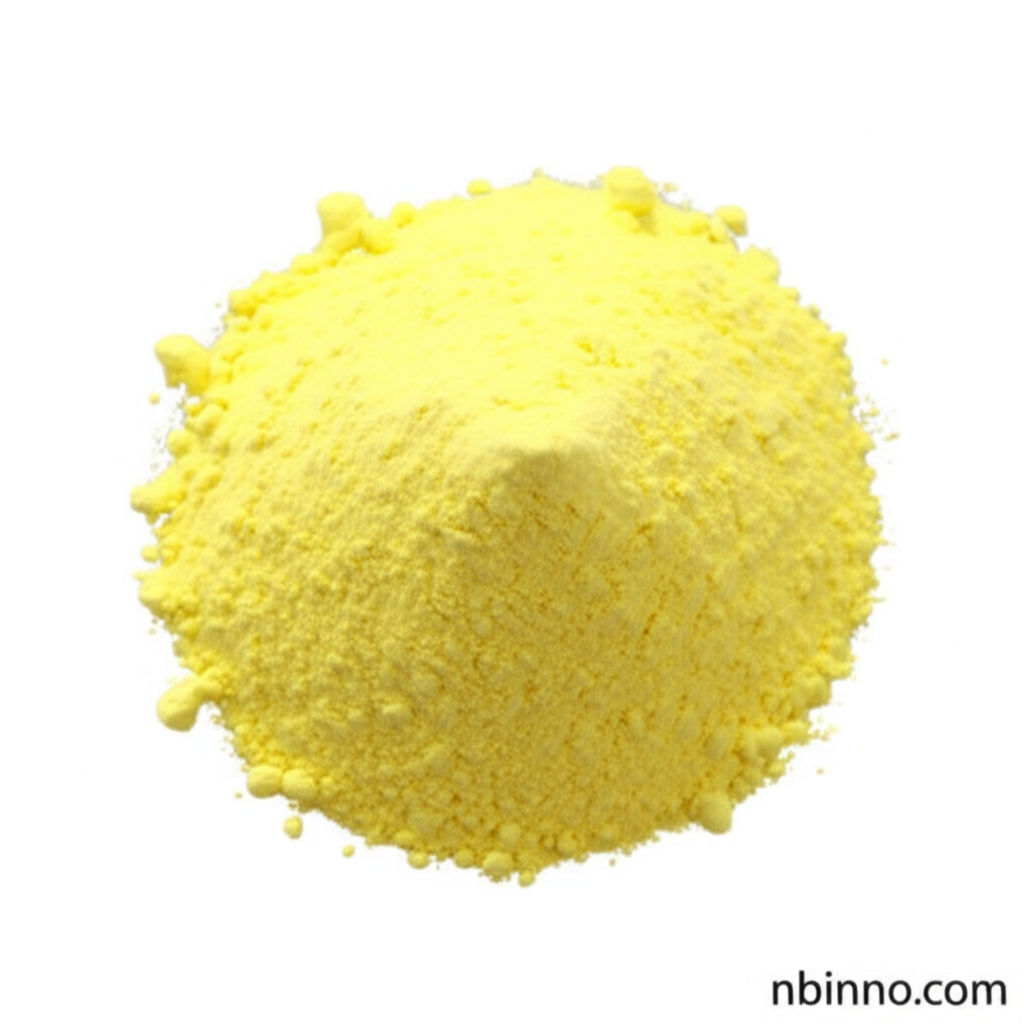3-Methylxanthine: Properties, Applications, and Its Role as a Theophylline Metabolite
Discover the chemical characteristics and pharmaceutical significance of 3-methylxanthine, a vital metabolite and intermediate in drug synthesis.
Get a Quote & SampleProduct Core Value

3-Methylxanthine
As a key xanthine derivative, 3-methylxanthine serves as a critical pharmaceutical intermediate, particularly noted in the synthesis of Linagliptin. We are a trusted supplier in China, providing high-purity 3-methylxanthine for your research and development needs.
- Explore the various properties of 3-methylxanthine, understanding its role as a metabolite of theophylline. We supply reliable chemical compounds for your pharmaceutical research.
- Investigate the diuretic, cardiotonic, and smooth muscle relaxant activities associated with 3-methylxanthine. Our high-quality products support advancements in drug discovery.
- Utilize 3-methylxanthine as a potential bronchodilator in your studies. As a leading manufacturer in China, we ensure consistent quality for your experiments.
- Leverage 3-methylxanthine as a key intermediate in the complex synthesis pathways for valuable pharmaceuticals. Our commitment to excellence makes us a preferred supplier.
Advantages Offered by 3-Methylxanthine
Versatile Pharmaceutical Intermediate
3-methylxanthine's role in the synthesis of drugs like Linagliptin underscores its importance in modern pharmaceutical development. Understanding Linagliptin synthesis intermediate pathways is crucial for innovation.
Well-Characterized Metabolite
As a known metabolite of theophylline, studying 3-methylxanthine provides valuable insights into drug metabolism and pharmacokinetics. This is critical for comprehensive theophylline metabolite 3-methylxanthine research.
Potential Therapeutic Applications
With reported diuretic, cardiotonic, and smooth muscle relaxant functions, 3-methylxanthine holds promise for various therapeutic applications, including its potential as a bronchodilator.
Key Applications
Pharmaceutical Synthesis
Essential for the synthesis of complex pharmaceutical compounds, making it a crucial pharmaceutical intermediate.
Pharmacological Research
Used to study the effects of xanthine derivatives, their metabolic pathways, and potential therapeutic actions.
Drug Metabolism Studies
Investigating its role as a theophylline metabolite aids in understanding drug efficacy and safety profiles.
Biochemical Research
Its structural similarity to other purines makes it valuable for exploring various biochemical processes and molecular interactions.
